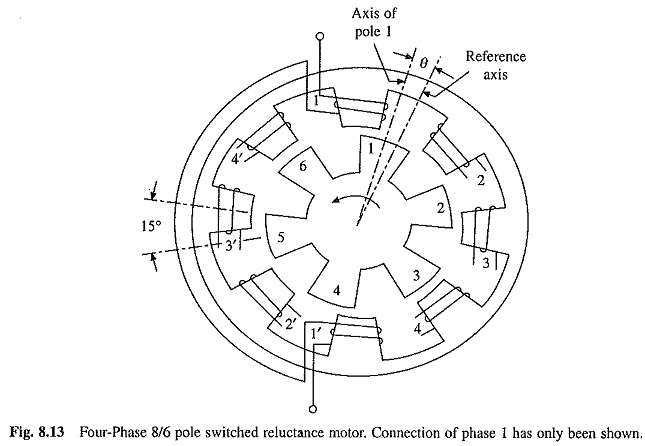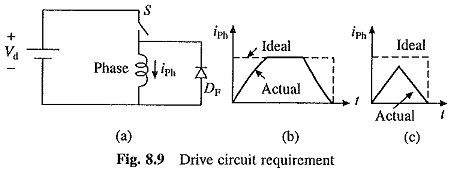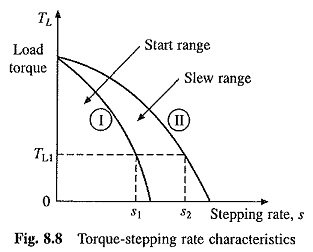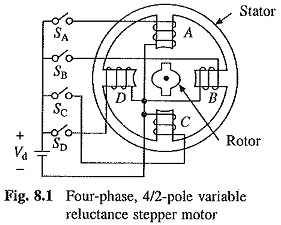Switched Reluctance Motor
Switched Reluctance Motor: The switched reluctance motor (SRM) has both salient pole stator and rotor, like variable stepper motor, but they are designed for different applications, and therefore, with different performance requirements. A stepper motor…



